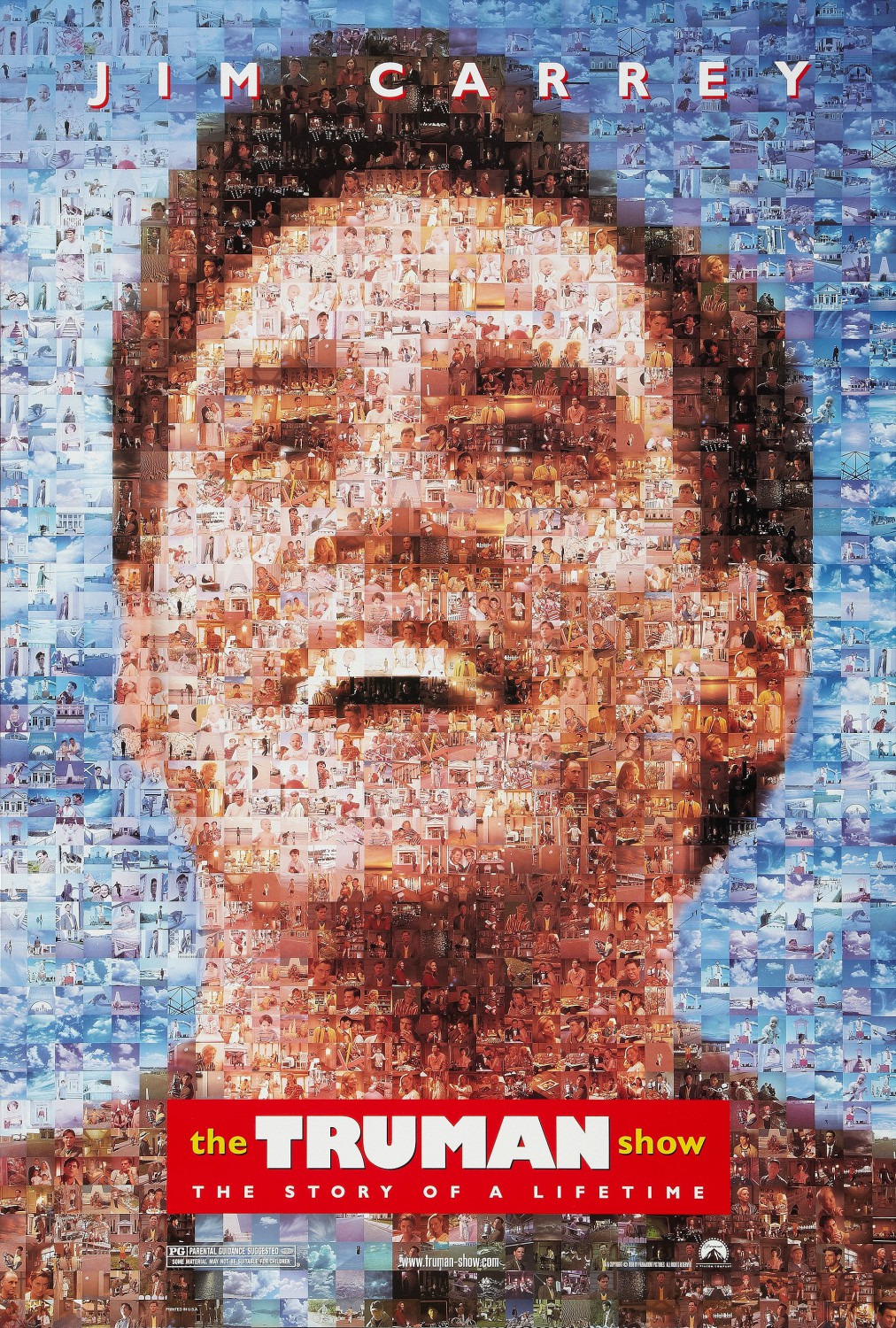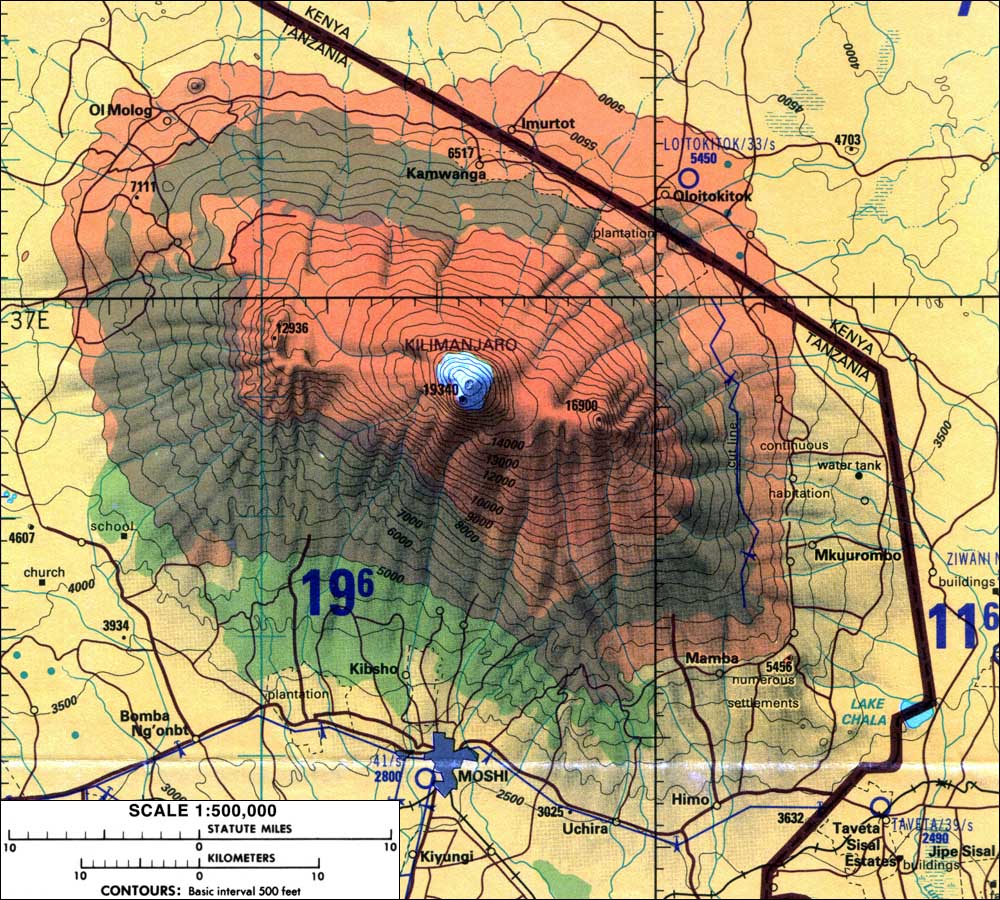

The lab has just completed a prototype that combines ESRI’s ArcGIS API for Silverlight with the open source Silverlight Augmented Reality Toolkit.
The toolkit allows developers to detect the spatial orientation of a predefined marker. The lab used the orientation information to overlay a map from ESRI’s ArcGIS API for Silverlight. As shown in the video, the map is fully functional even with the perspective distortion.
The demonstration starts with the user browsing a default basemap from ESRI’s resource centerand then performs a search of GeoEye imagery in New Zealand. All imagery is tagged with sensor information such as the capture date, percentage cloud cover and satellite position. In the video, this information is used to order and then offset overlapping imagery. This effect is useful to quickly find imagery based on specific criteria, for example, find the newest imagery with the least amount of cloud cover.
Finally, why not try this demonstration yourself? You will need a computer with a webcam. Clickhere to start the Augmented Reality web application and here to download and print the marker symbol.
Contributed by Richie C.
Read more: http://blogs.esri.com/Dev/blogs/apl/archive/2010/05/17/Augmented-Reality-and-ESRI_1920_s-ArcGIS-API-for-Silverlight.aspx










 Compact is the new format. It actually does not zip or compress the tiles in any way; rather, it groups the tiles together in large files called bundles. A single bundle can hold up to about 16,000 tiles. The result is a cache with dozens or hundreds of files, instead of thousands or millions. This speeds copying immensely, and is especially useful in workflows where you use a staging server to create tiles, then move the tiles to a production server.
Compact is the new format. It actually does not zip or compress the tiles in any way; rather, it groups the tiles together in large files called bundles. A single bundle can hold up to about 16,000 tiles. The result is a cache with dozens or hundreds of files, instead of thousands or millions. This speeds copying immensely, and is especially useful in workflows where you use a staging server to create tiles, then move the tiles to a production server.






